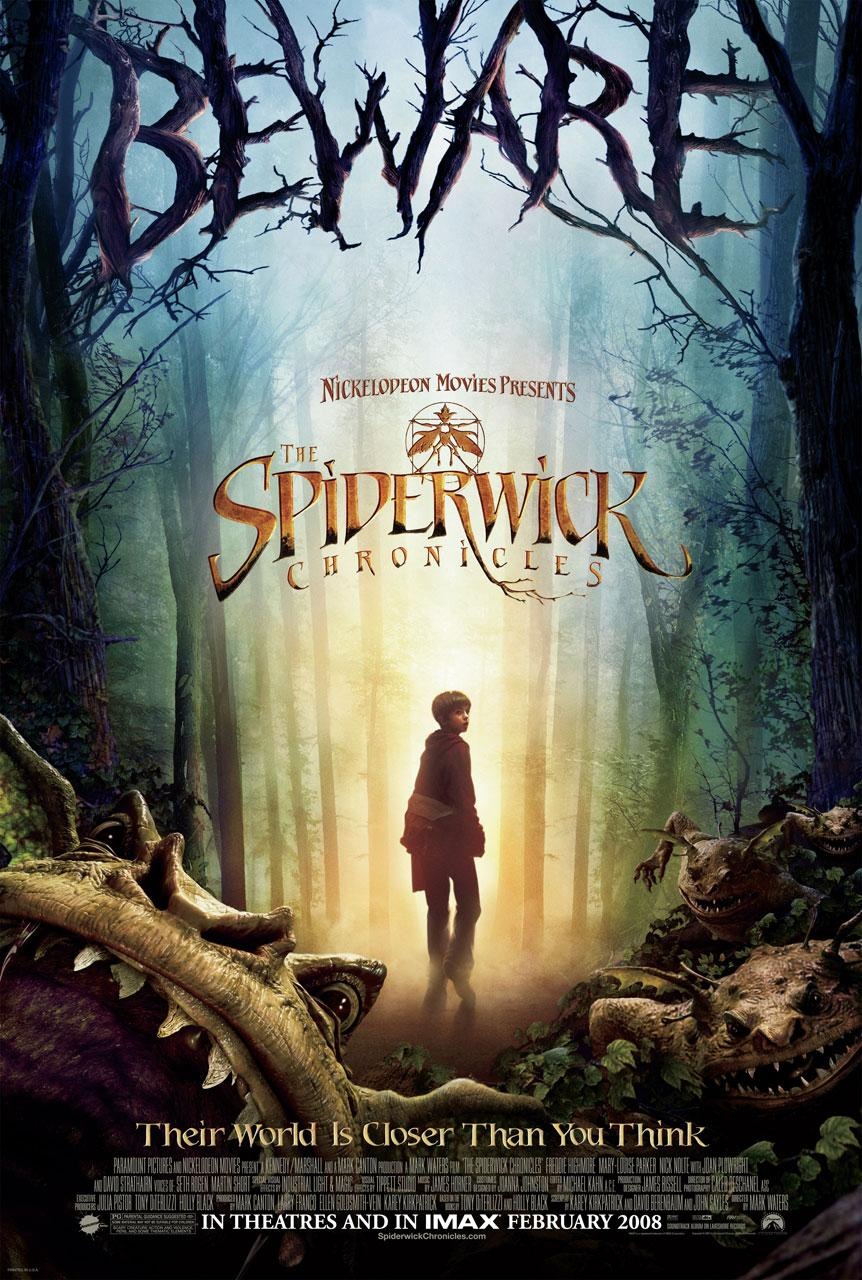 As the saying, goes never judge a book by its cover or, in this case, a movie by its name. The generically titled “The Bank Job” is indeed about a bank robbery, but those hoping for a light romp may get more than they bargained for.
As the saying, goes never judge a book by its cover or, in this case, a movie by its name. The generically titled “The Bank Job” is indeed about a bank robbery, but those hoping for a light romp may get more than they bargained for. Based on the true story of 1971’s unsolved walkie-talkie robbery in London, the film theorizes why coverage of the bank robbery disappeared from newspapers after only a few days. Did the government issue a D-Notice — a request to stop coverage — to the media? If so does that mean the government was somehow linked to the theft?
That’s what director Roger Dickerson (“No Way Out”) and screenwriters Dick Clement and Ian La Frenais (“Across the Universe”) would lead you to believe, and it is this angle of government conspiracy that adds a different spin to the heist film formula.
The scheme of the robbery has a motley crew of small-time con artists led by Terry (Jason Statham, “The Transporter”) digging a tunnel from a couple store fronts down the street to the bottom of a bank vault of safety deposit boxes. Thanks to a tip-off from Martine (Saffron Burrows, “Reign Over Me”) they know that the alarms will be off for a brief window of time.
Things get more complex from there with the robbery being a mere setup to get a hold of incrementing photos of a royal that are being used as black mail by the black power leader Michael X. This is where the truth of the “based on a true story” comes into question, but whether it holds water matters not as it compels within the context of the film.
Clement and La Frenais’ script drops the audience in the middle of things and doesn’t take long to set up the robbery. We are introduced to characters quickly, and the script is sly about how it slowly reveals information about its characters.
The cast is largely full of faces unfamiliar to American audiences, and most of the characters are just standard personas. Of the secondary robbers, Stephen Campbell Moore as Kevin and Daniel Mays as Dave stand out most. Statham is the star and he carries the film with his rugged charisma. He is a good — if limited actor — well suited for this sort of material.
Heist movies are usually about one of two things, the thrill of watching an elaborate plot executed or the aftermath of the robbery where things go wrong for various reasons. “The Bank Job” falls into the latter category with an assortment of government officials, crooked cops and seedy criminals coming after Terry and his gang.
Recent heist movies like “The Italian Job” and the “Ocean’s” movies have been breezy and relatively lighthearted. Audiences expecting more of the same with “The Bank Job” will be surprised at how hard-edged the film is.
“The Bank Job” is a throwback to gritty British crime films like 1971’s “Get Carter” and 1980’s “The Long Good Friday” and it looks and feels the part. It doesn’t pull away from violence or try to cover it up with tongue-in-cheek humor.
The presence of Statham will inevitably bring comparison to Guy Ritchie’s “Lock Stock and Two Smoking Barrels” and “Snatch.” Ritchie brings an irony and self-awareness to his material that makes his films on British crime play more like comedies than straight thrillers. Although “The Bank Job” has moments of humor, as when one of the robbers orders takeout while digging the tunnel, the film is mostly a taut thriller.
Dickerson generates a good deal of suspense during the robbery with a plot development too delicious to reveal here. He keeps that suspense going once Terry has to try to find a way to keep ahead of all the various people after him.
As the film draws to it conclusion, the number of players involved is numerous, but the way the screenplay juggles it all is quite clever and satisfying. It is a dark, hard road to a happy ending, but stick with it because you will get one.
 After the uneven “How the Grinch Stole Christmas” and the disastrous “The Cat in the Hat,” the idea of Hollywood taking on another Dr. Seuss classic was hardly appealing, but with “Horton Hears a Who” the good doctor has finally been given the treatment he deserves.
After the uneven “How the Grinch Stole Christmas” and the disastrous “The Cat in the Hat,” the idea of Hollywood taking on another Dr. Seuss classic was hardly appealing, but with “Horton Hears a Who” the good doctor has finally been given the treatment he deserves. “Miss Pettigrew Lives for a Day,” a light and frothy throwback to the classic screwball comedies of the 1930s and 1940s is a wholly enjoyable experience that shouldn't be ignored as just a bit of trifle.
“Miss Pettigrew Lives for a Day,” a light and frothy throwback to the classic screwball comedies of the 1930s and 1940s is a wholly enjoyable experience that shouldn't be ignored as just a bit of trifle. The last couple of months have been oddly lacking in family-friendly fare, so it is no surprise that “The Spiderwick Chronicles” has become a hit. When you’re starved for nourishment even the blandest dish can seem like a rare delicacy.
The last couple of months have been oddly lacking in family-friendly fare, so it is no surprise that “The Spiderwick Chronicles” has become a hit. When you’re starved for nourishment even the blandest dish can seem like a rare delicacy.